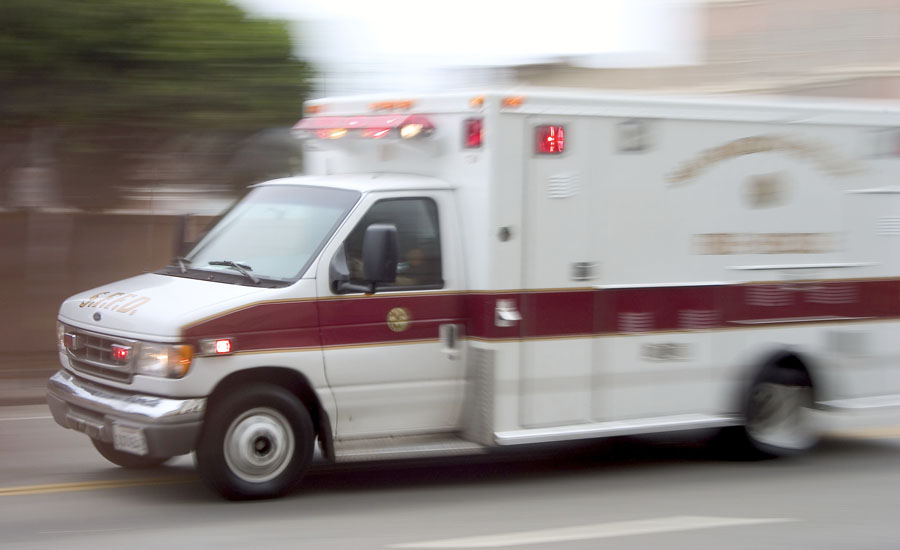By Jennifer Hornsby-Myers, MS, CIH; G. Scott Dotson, PhD, CIH; and Deborah Hornback, MS
Fentanyl is a powerful synthetic drug that is similar to morphine and heroin, but is 50 to 100 times more potent. Fentanyl and its analogs, such as carfentanil, can pose a potential hazard to law enforcement, emergency medical personnel, and firefighters who could come into contact with these drugs through the course of their work day. While there are important questions about the risks of different types of exposures (and resultant health effects) that might occur during law enforcement and emergency response activities, workers involved in these types of activities leading to potential exposures should take prudent precautions. The National Institute for Occupational Safety and Health (NIOSH) provides interim recommendations for routine law enforcement activities following an arrest or execution of a search warrant—such as evidence collection—that may lead to potential exposures to fentanyl or related compounds.
Exposure routes are likely to vary based on the form of fentanyl and the circumstances of the event. Exposure through the skin, inhalation, and ingestion are all possible routes of exposure. Inhalation exposures can quickly result in respiratory depression. Recent news reports point to law enforcement officers being exposed to fentanyl through skin absorption while on the job. Additional research is needed to better understand the possible routes of exposure and means to prevent those exposures. Fentanyl and its analogs do not have established occupational exposure limits (OELs).
Standard safe work practices must be applied to all operations where fentanyl or its analogs are known or suspected to be present, just as they are applied to any law enforcement operation involving potential narcotics, such as a methamphetamine lab or heroin. Law enforcement officers should not eat, drink, or smoke in the area of the suspected fentanyl and should wash their hands and inspect clothing for contamination after performing any activity potentially involving fentanyl. It is important that a job hazard analysis be performed to determine the most appropriate level and type of personal protective equipment (PPE) to protect against respiratory and dermal hazards for specific tasks. At a minimum, NIOSH recommends the use of a P-100 half-mask filtering facepiece respirator (or higher), gloves, eye protection, and protective clothing to protect against possible fentanyl exposure. In the event of a large spill or release of fentanyl, NIOSH recommends that law enforcement...Click here to read the rest of the blog post.



